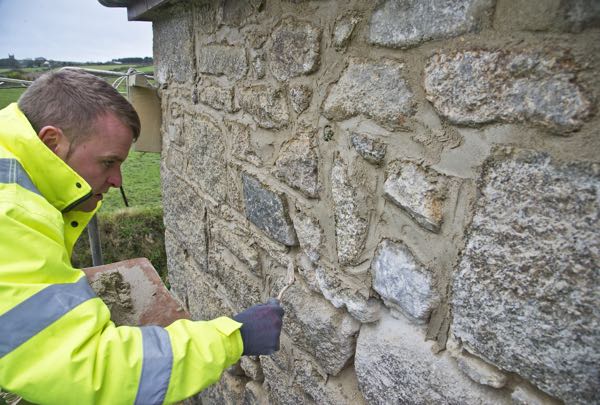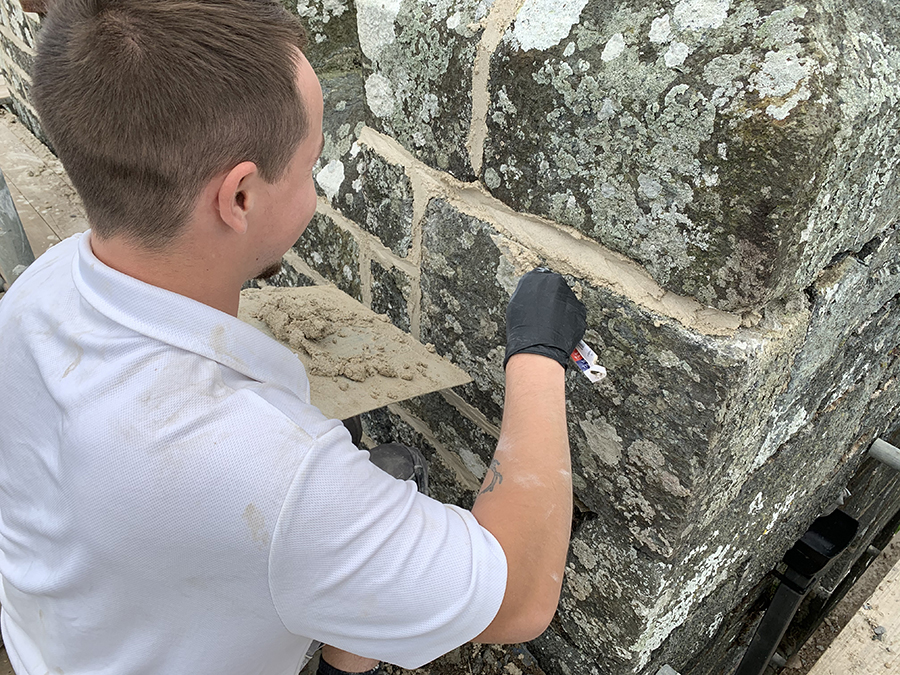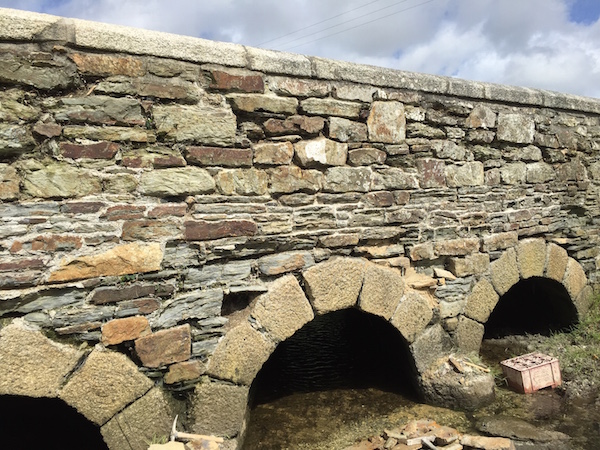The Significance of Heritage/Listed Buildings
Heritage buildings, often referred to as listed buildings, are cultural treasures that hold historical, architectural, and social significance. These structures are a testament to the past and provide a tangible link to our history. Preserving and restoring heritage buildings is not just about maintaining physical structures; it’s about safeguarding our shared cultural heritage for future generations.
We proudly offer heritage/listed building restoration and conservation services throughout Cornwall, ensuring these important landmarks are preserved with care and expertise.
Contact Us
Key Values of Heritage/Listed Buildings
Historical Value
Heritage buildings serve as tangible reminders of bygone eras. They are living testaments to the events, people, and cultures that have shaped our communities and societies. Through the preservation of these buildings, we can better understand and appreciate our history.
Architectural Value
Many historical buildings exhibit exceptional architectural craftsmanship and design. These structures often represent the pinnacle of architectural achievement for their respective periods and can provide valuable insights into the evolution of architectural styles.
Cultural Value
Heritage buildings are essential elements of our cultural identity. They reflect the values, beliefs, and aesthetics of the communities that built and inhabited them. They contribute to a sense of place and continuity in our rapidly changing world.
Challenges in Listed Building Restoration & Conservation
Deterioration
Listed buildings, by virtue of their age, are susceptible to deterioration caused by weathering, structural issues, and neglect. Maintaining their structural integrity while preserving their historical authenticity is a significant challenge.
Regulatory and Economic Challenges
Conservation and restoration efforts often require compliance with strict regulations to ensure the preservation of heritage values. Funding these projects can be a significant hurdle, as costs are usually higher due to the need for specialized materials and craftsmanship.
Balancing Preservation with Modern Needs:
Adapting listed buildings for modern use while preserving their historical character is a delicate balance. It often involves addressing issues such as accessibility, energy efficiency, and safety without compromising the building’s heritage significance.
Methods and Principles of Heritage Building Conservation & Restoration
Detailed documentation, including archival research, photography, and surveying, is essential to understanding the building’s history and condition. This information serves as a foundation for conservation and restoration efforts.
Whenever possible, original building materials should be preserved or repaired rather than replaced. This helps maintain the building’s historical authenticity.
Heritage building conservation work should be designed to be reversible, allowing future generations to undo or modify interventions if necessary. This principle ensures that the building’s historical fabric is not irreversibly altered.
Conservation and restoration projects should be carried out by qualified heritage professionals, including architects, historians, and conservators, who have expertise in preserving historic structures.
Involving the community in the preservation process fosters a sense of ownership and pride in their cultural heritage. Public engagement can also help raise funds and garner support for conservation efforts.
Listed building conservation and restoration are vital endeavors that contribute to our cultural identity and the preservation of our collective history. These projects require a delicate balance between preserving the past and meeting the needs of the present. By adhering to sound conservation principles and involving the community, we can ensure that our heritage buildings continue to stand as enduring symbols of our shared history and cultural heritage for generations to come.
For all your listed/heritage building conservation & restoration enquiries in Cornwall – call us today on 01326 722 616, or 07583 071233.

Clock Tower Restoration Project in Cornwall
View Project
Hayle Railway Bridge Restoration in Cornwall
View Project

